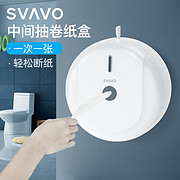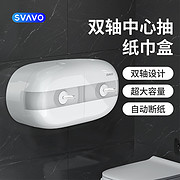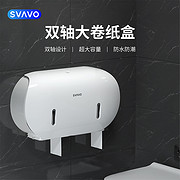
ou’ve done your homework and know all about the benefits of moving to the cloud.
You’re excited about the opportunity to reduce IT cost and complexity.
And you can’t wait to explore innovations that will enhance guest experiences in previously unimaginable ways.
The time to transition has finally arrived. But where and how to begin?
To help hospitality operators to execute a seamless transition, Oracle Hospitality has prepared 8 Essential Consideration for Moving to the Cloud. Follow it to begin your innovation journey.
Step #1:
Establish a steering committee for project management.
Before undertaking such a major project, it is essential to establish a steering committee that sets clear objectives, has authority to make decisions and monitors progress based on predetermined metrics. The steering committee also should oversee user-acceptance testing, ensuring actual end-users are included. It is vital to engage servers, cashiers, kitchen staff and managers who ultimately depend on the system to deliver exceptional service to guests. Their participation is a key part of user acceptance and helps generate excitement through implementation.
Step #2:
Seize the opportunity to modernize your business.
A common mistake by cloud adopters is simply replicating their existing system in the cloud. Of course, that act alone is bound to lead to improvements because of cloud’s inherent advantages – but it fails to fully capitalize on the new system’s potential and advance how you do business. Moving to a cloud-based platform provides tremendous opportunities to improve processes and work ows. The “old way” of operating may have been predicated by technology-process limitations, requiring running an “end-of-day” or making menu item changes only when business was slow. The cloud operates in real time, and system-to- system interoperability offers virtually endless possibilities. There is no need for managers to spend time every week manually submitting data. Set goals to remove paperwork, spreadsheets and, most certainly, faxes.
Step #3:
Look for ways to improve integration.
Most operators have credit-card interfaces or loyalty-system connections; it is important to determine whether cloud offers an opportunity to simplify them. For example, if you have an on-premise system in every store and each one has its own interfaces, moving to the cloud could replace all of them with a centralized, integration architecture – resulting in signi cantly reduced maintenance costs. By simplifying integration architecture, you also make it easier to add new ones in the future to improve business agility.
Step #4:
Think twice before migrating historical data.
Many operators initially will want to migrate all their old data to the cloud, but such a wholesale transaction will be costly and time consuming – and may not even be necessary. It is important to work with a vendor who can help evaluate the level and historical relevancy of data to determine the appropriate amount of information to migrate. If you only need last year’s data for the rare occasion it might be needed as a reference, it’s unlikely the migration cost can be justi ed.
Step #5:
Clearly define responsibilities for your team and cloud provider.
It can’t be underscored enough that each organization explicitly understands its responsibilities. To avoid confusion and ensure accountability, draft documents outlining duties and procedures for each.
Step #6:
Never make assumptions – demand clear explanations from your vendor.
It is crucial to understand any and all implications of a technology upgrade, and the responsibility falls upon you to challenge your vendor to answer all questions and remove all doubt. The steering committee needs to play an integral role in this process,helping identify potential issues and seek clari cations. Such vetting is particularly important during the testing phase.
Step #7:
Make on-going training a top priority.
Deploying advanced technology means nothing if team members aren’t comfortable using it. Providing on-going training is a must. That means making it a non-negotiable budget item, allocating funds as well as labor hours to ensure staff receives quality instruction and ample time to understand proper usage. In the long run, taking such steps is a low-cost solution that will yield greater business – not to mention happier employees and lower staff turnover.
Step #8:
Foster an organizational culture that embraces, not fears, innovation.
Some staff members, especially within the infrastructure and support functions of an IT organization, may view cloud-based applications as a threat to their job security. From the outset of cloud adoption, management needs to be transparent in its actions and clear in its communication, ensuring everyone in the enterprise that cloud can help free them from mundane tasks and generate opportunities to move the business forward. Achieving such “buy-in” from all employees will be critical for successful implementation.










Service Hotline
Work Time:Mon-Fri 9:00-18:00
UTC+8

Sinoexpo Digital Platform
Copyright 2006-2025 Shanghai Sinoexpo Informa Markets International Exhibition Co., Ltd. All rights reserved
沪ICP备05034851号-77
 沪公网安备 31010402000543号
沪公网安备 31010402000543号